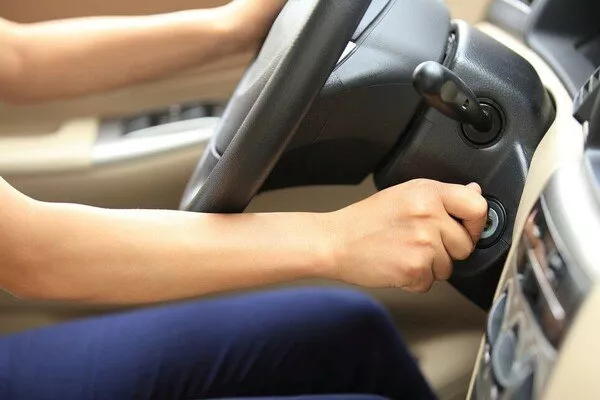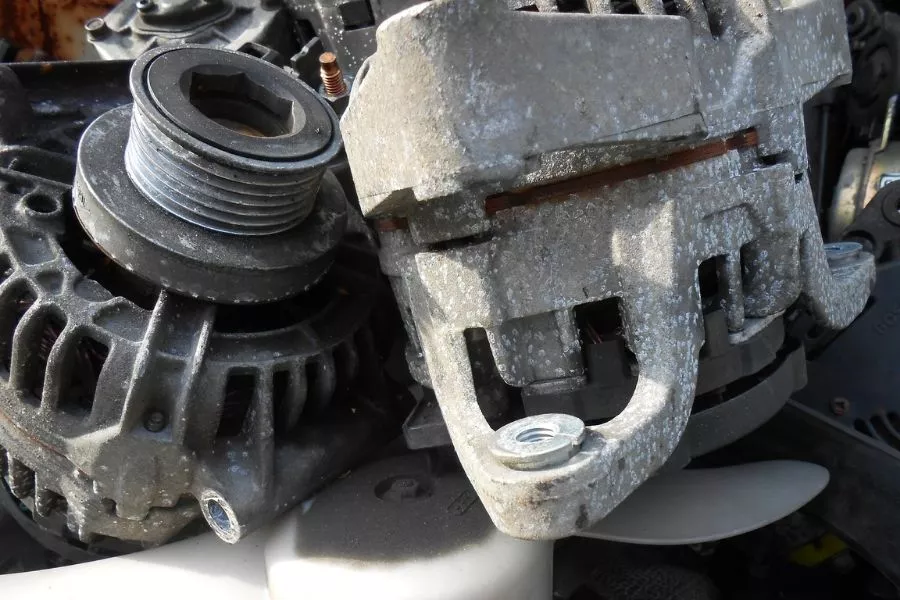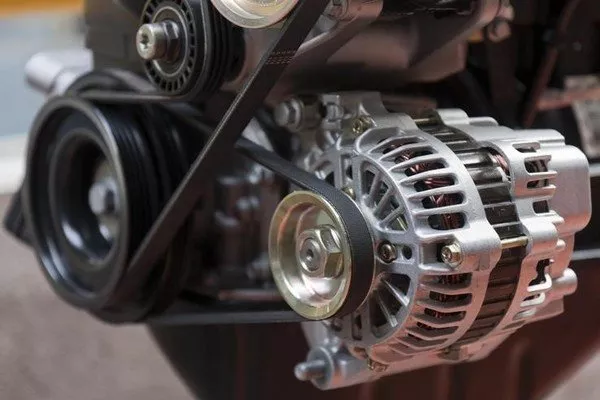What is the function of an alternator?
On average, car batteries last for around four to six years, depending on the usage. The reason why batteries last for years is because of the power an alternator gives to your car.
An alternator is an electric generator used in various fields including automobiles. It is composed of magnets and coils which mainly provide electrical power to your car when the engine is running. The crankshaft of your car is connected with the alternator through the use of a drive belt.

An alternator provides electrical power to your car
Every time your car’s engine is on, the alternator also operates in conjunction. Without an alternator, your car battery will be drained or die in just hours. This is the reason why when you leave a light on in your car overnight, it would probably have a hard time starting due to a drained battery.
With that being said, it is not recommended to run your car’s air conditioning or other electrical components with just the battery itself, especially for a very long time.

Once you start your engine, the alternator takes the responsibility of providing power to your car
Other key functions of an alternator are that it charges the battery and power your car’s electrical components such as lights and radio once the engine is turned on. To help you understand more about alternators & what are the parts of an alternator, we have listed down the electrical generator’s parts and functions and included DIY tricks you can do to replace and maintain it.
Parts of alternator and function
Part #1: Pulley
As said earlier, an alternator is connected to the crankshaft through a drive belt or serpentine belt. An alternator’s pulley functions as the connector so the electric generator will rotate properly. The pulley can be visually seen when you try to inspect your alternator without disassembling it.
Part #2: Housing
An alternator’s housing is used to keep the components from the inside intact and protect them from various factors that could damage the electrical generator such as vibration and a bumpy ride. It is composed of a front housing and rear housing that can be separated if you decide to inspect your car’s alternator from the inside.
Part #3: Bearings
Since an alternator needs to rotate freely and seamlessly, it comes with two bearings located at the front and rear end of the rotor shaft. The function of a bearing is simple, and that is to make sure that the alternator can keep up with the rotational speed of the crankshaft which is connected by a drive belt.

Alternator bearings should be inspected every 12 to 24 months
Part #4: Rotor and Stator assemblies
Both the rotor and stator assemblies work hand-in-hand for the alternator to generate electrical power. A rotor assembly is comprised of mainly a rotor shaft and north and south claw poles. The rotor shaft is responsible for rotating the north and south claw poles essential to generate electricity.
Meanwhile, the stator assembly, as the name implies, is a stationary component that surrounds the rotor assembly. It is made up of coils that send electrical power to the different components of your car.
Part #5: Rectifier and voltage regulator
A car needs direct current (DC) to run its components since this type of electricity flows in one direction only. However, an alternator’s stator assembly produces alternating current (AC) which wouldn’t work with a car battery. As such, car manufacturers have installed a rectifier in alternators that converts AC to DC.
A voltage regulator, on the other hand, controls the amount of electricity coming from an alternator. A car battery should keep a voltage of 12 volts to keep it running in an ideal condition. However, an alternator produces around 13 to 14 volts which should fry your battery. This is why a voltage regulator is installed to help govern the amount of voltage within the system.

The alternator powers your car's cabin lights and radio
How to replace and maintain an alternator?
Replacing your car’s alternator once it is already worn out is not as hard as it sounds. It can be a do-it-yourself (DIY) which can help you save money from labor costs. Just make sure that the components are properly aligned so the alternator will work in optimum condition.
The first thing you want to do is to disconnect the negative terminal to cut the electrical circuit. The next steps are to loosen up the belt tensioner, drive or serpentine belt, wiring harness, and connectors. Replace the old with the new alternator and be sure to connect the serpentine belt properly. Lastly, reconnect the negative battery cable to complete the process.

Maintain your alternator to keep your car run in good condition at all times
To maintain your car’s alternator, you should check its components or have it inspected every 12 to 24 hours, depending on if it is showing signs that the electrical power is weak. You can have your alternator’s faulty components replaced before they start failing other components as well.
FAQs about alternator
Q: How long do alternators last?
On average, an alternator should last for around seven years. It can last for more than seven years if faulty components are replaced as soon as possible.
Q: Can I drive with a bad alternator?
An alternator powers spark plugs. Driving with a bad alternator will not provide sufficient spark essential for combustion.
Q: How long do car batteries last?
Car batteries should last for around four to six years.
Q: How much is a new alternator in the Philippines?
You can get a new alternator in the Philippines for around Php 7,000, depending on the model.
Q: What does the alternator power?
An alternator powers various electrical components such as radio, lights, and spark plugs. It also charges the battery once the engine is running.
Here at Philkotse.com, we value your interest in the automotive industry. Visit our website to find out more.












